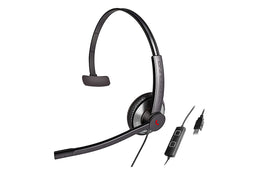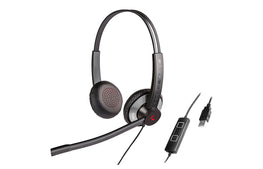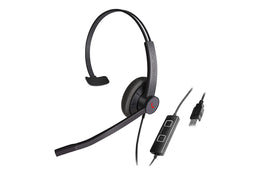
How can speech recognition technology help students with dyslexia?
For a large number of students, reading and writing is quite difficult. While many of these children run the risk of being labelled lazy or dumb, that couldn't be further from the truth – the simple fact of the matter is that people learn most effectively in different ways. For many of these students, a different instructional strategy can be immensely helpful.
Other students who have difficulties may require more specialised assistance, particularly those with dyslexia. Frequently misunderstood, dyslexia is a common condition that affects people of all ages in every corner of the globe. Let's take a look at what dyslexia is, how it affects people and how voice recognition technology can be useful.
What is dyslexia?
Simply put, dyslexia is a learning disability that impacts the way people interact with language. According to the University of Michigan's DyslexiaHelp, a major indicator of dyslexia is having trouble with recognising and working with the sounds that make up language, as well as the letters that represent those sounds. Dyslexia can also make it difficult to recognise and identify letters and words quickly while reading. This slows down reading speeds, which, in turn, can cause those with dyslexia to have trouble remembering things they read.
An important thing to note is that these problems with reading occur regardless of other academic abilities. Dyslexia is by no means an indication of a person's intelligence; it just means that people have more difficulties with the mechanical aspects of reading, recognising and processing letters, words and their sounds.
In fact, according to Davis Dyslexia Association International, some of the most intelligent and accomplished individuals have had dyslexia. These include people from all walks of life -such as scientists, business leaders, writers, actors and athletes.
How does dyslexia affect students?
Given the fact that education systems around the world are heavily based on reading, those with dyslexia can often have a difficult time in school – especially when they do not receive the resources they deserve. These resources, including educators who have been trained in effective instruction methods, are absolutely essential; nine in 10 students with dyslexia can succeed in mainstream classrooms with adequately trained teachers, according to Dyslexia International.
Unfortunately, due to a lack of awareness and knowledge, many students with dyslexia are left to fend for themselves in an ineffective learning environment. This should be of particular concern in Australia, where about 10 per cent of the population is affected by dyslexia, according to the Australian Dyslexia Association (ADA). While dyslexia is acknowledged in the Disability Discrimination Act (1992), it is not addressed by special needs clauses in education acts across the country at the state level.
While governments and schools are ideally suited for helping students with dyslexia succeed in the education system, technology is playing a large role in helping students at home.
Can voice to text software help?
There is no better strategy for helping students with dyslexia succeed than understanding, support and the right learning environment with appropriately trained educators. However, according to DyslexiaHelp, technology can be an effective supplement. It is important that a medical professional be consulted before opting for any technological solution.
One piece of software on DyslexiaHelp's recommendation list is Dragon Naturally Speaking. Thanks to its speech to text capabilities, Dragon can be a valuable tool for students with dyslexia when working on school assignments. According to the Yale Center for Dyslexia and Creativity (YCDC), this sort of technological assistance can be an equaliser for students – boosting self confidence while improving efficiency in areas like penmanship, note taking and spelling.
With an accuracy rate of 90 per cent when first used, and the ability to practice words subject to error, Dragon lets students focus on the substance of their writing instead of the process. Dragon also helps remove some of the difficulties of proofreading – it can read back what students have written out loud, allowing for easier editing.
Benjamin S., a Dragon user, shared his experience of how the software helped him as he dealt with the higher amount of assignments in high school.
"I am now able to not only achieve a far more productive page of writing, I am able to focus more on the substance of my writing, which has not only helped me survive the arduous process of overcoming my learning disability but also achieve great things for my future," he said, according to Nuance.
Experts at the YCDC set out to see if Dragon software could be a helpful tool for students. They asked six students to try out the program for six weeks, giving them a quick 90-minute training session and access to various online guides and tutorials. Each week, their reactions and progress were recorded. By and large, the students found the software helpful and transformative in how they viewed writing.
For more information about how Dragon Naturally Speaking can be helpful for students, contact Voice Recognition today.
The post How can speech recognition technology help students with dyslexia? appeared first on Speech Recognition Blog.






